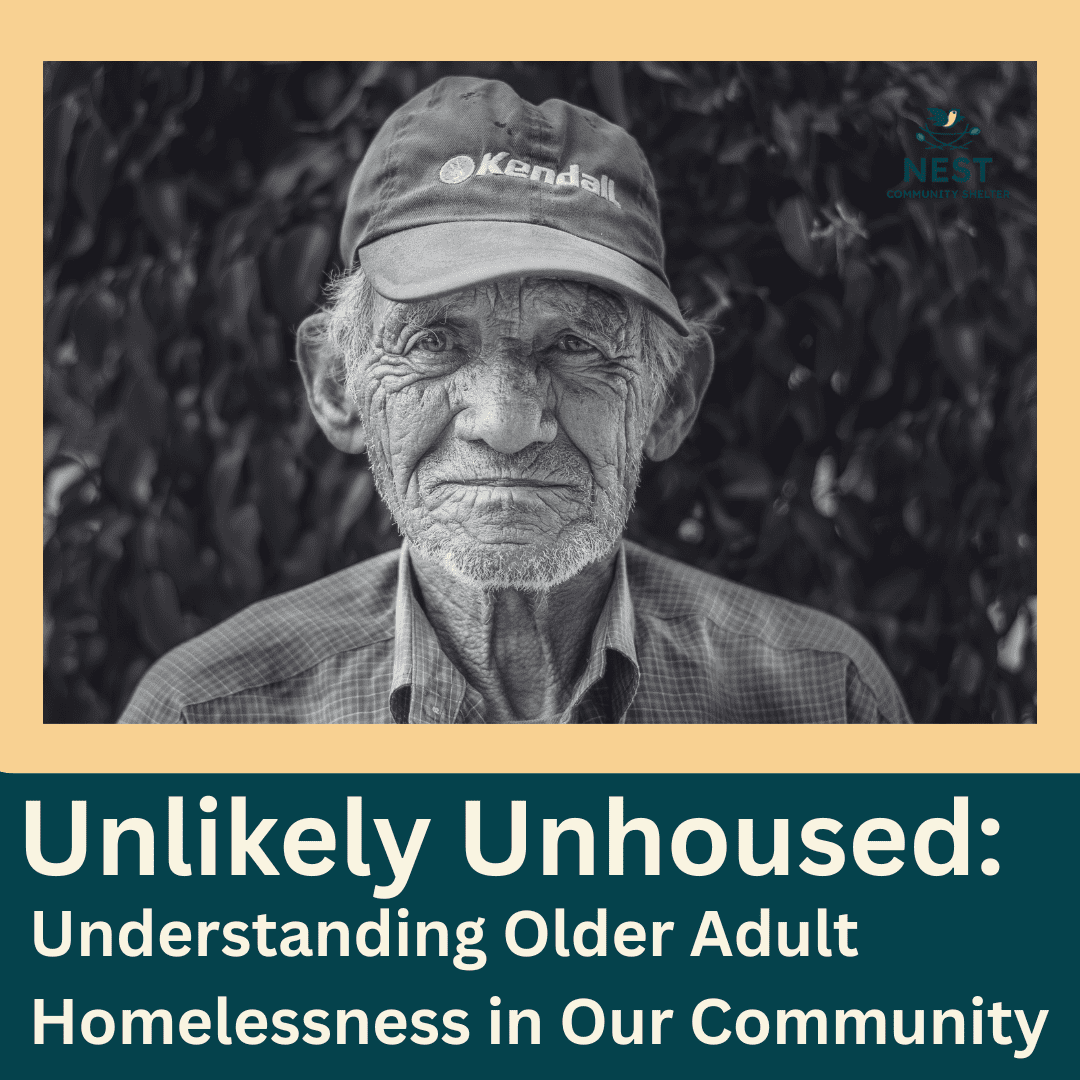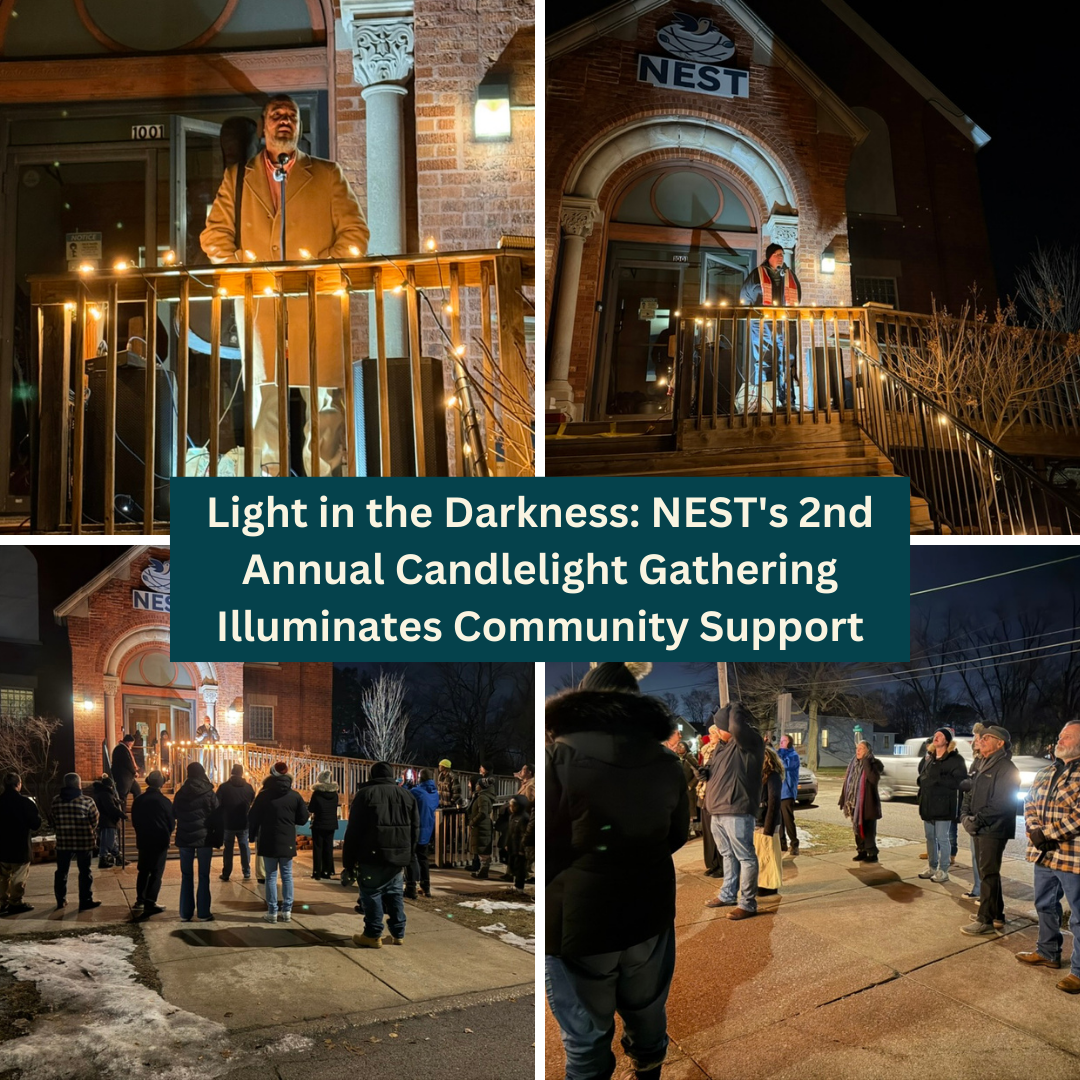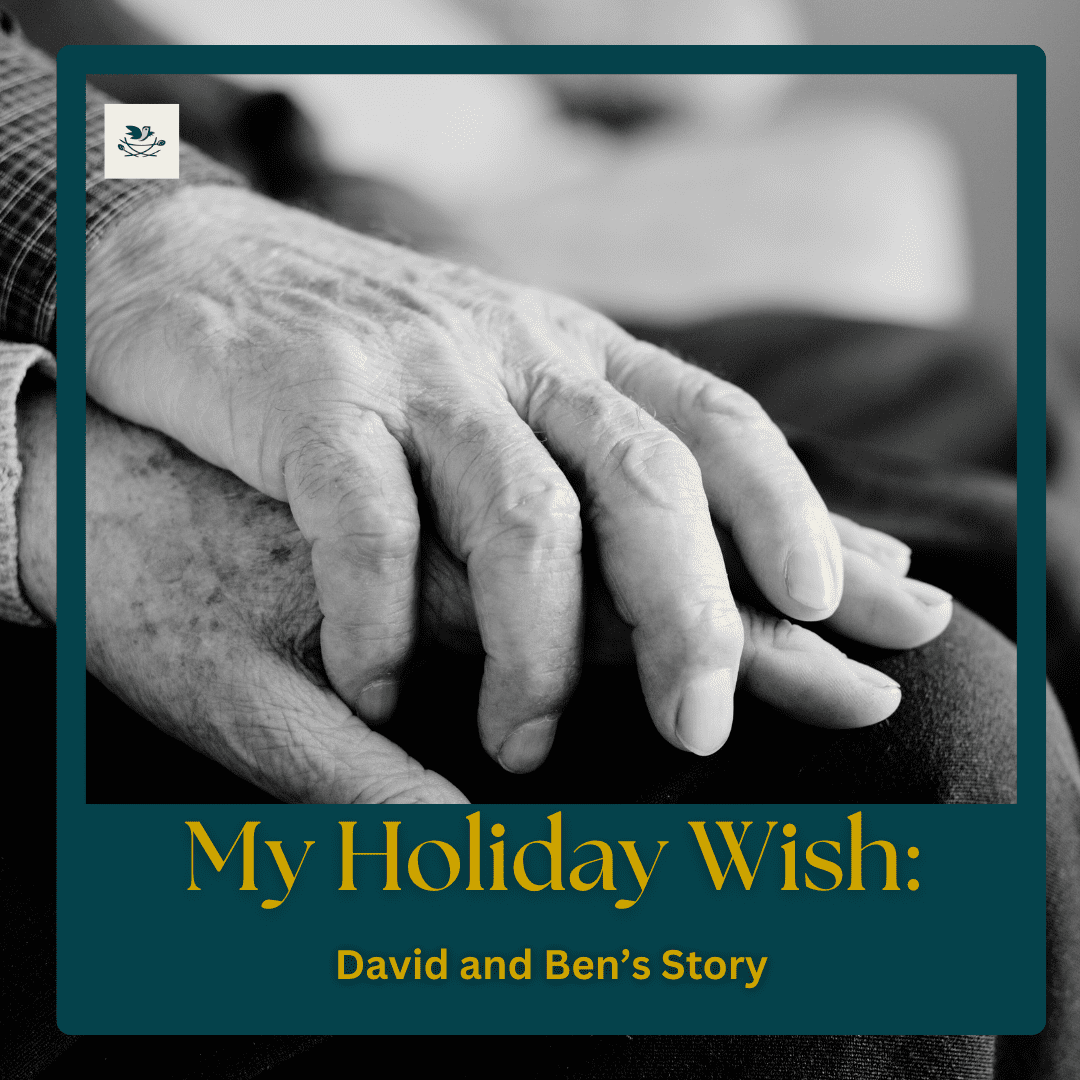
The number of unhoused individuals in the United States is increasing. This is not a regional issue; it’s a national issue and an issue that is felt in our own community. A crisis within this unhoused population is unfolding that’s largely invisible to many, a “gray wave” of older adults finding themselves without stable housing for the first time in their lives, often after decades of stability.
The Growing Crisis: By the Numbers
The statistics are staggering and deeply concerning. According to the National Alliance to End Homelessness, in 2024, over 770,000 people experienced homelessness on a single night in the United States, an 18% increase from 2023. Among those counted, approximately 20% or one in five are older adults aged 55 and up. This means that about 146,000 older adults did not have stable housing. To compound this fact, twenty-five percent of people experiencing unsheltered homelessness were age 55 or older, living in places not meant for human habitation or out on the streets.
This isn’t a temporary spike. University of Pennsylvania researcher Dennis Culhane said in an NPR interview that he has estimated that the number of elderly homeless people in the U.S. is going to triple between 2019 and 2030. Furthermore, growth has been slightly higher than predicted. Adults aged 50 and older are now the fastest-growing age group becoming unhoused, making up nearly half of the single-adult homeless population, according to the National Alliance to End Homelessness.
Common Ways Older Adults Become Unhoused
Understanding how seniors become homeless requires recognizing that there are common ways in which older adults find themselves in this situation:
Late-Onset Homelessness: A Change in Circumstance
Many of the older adults never imagined they’d be unhoused. Those who first experience homelessness at age 50 and older typically have experienced a financial or health crisis, lost a loved one, experienced a relationship breakdown with the income-earner, or encountered barriers to their continued ability to work.
The financial reality is sobering. Many older adults live on a fixed income, often relying solely on Social Security, which has not kept up with the rise in housing costs, groceries, utilities and insurance, leading older adults to be priced out of long-term rentals or unable to keep up with housing expenses such as property taxes, repairs, and homeowners’ association fees. Simply put, the cost of living has risen too high to be able to afford.
In a 2024 study published by the University of California, San Francisco, researchers found that the median monthly household income for older adults in the six months preceding becoming unhoused was $920, indicating their deep poverty, and they spent a significant proportion of their household income on rent. Most devastating of all, older adults had little warning prior to losing their last housing, with a median of seven days’ notice; leaseholders reported receiving 14 days’ notice, and non-leaseholders reported receiving one day’s notice.
Early-Onset: A Lifetime of Struggle
Other seniors in our community have experienced homelessness throughout much of their adult lives. We know that for many who are unhoused, this can be a generational issue. Those who experienced extraordinarily challenging childhoods with significant traumatic experiences that led to becoming unhoused were more likely to become unhoused again later in life or have issues with keeping consistent, stable housing.
Living Without Shelter: The Unhoused Older Adult Experience
What is it like to be unhoused as an older adult? The experience is particularly devastating due to accelerated aging and the unique vulnerabilities of this population.
The Physical Toll
We know that experiencing homelessness takes a tremendous physical toll on the mind and body. The National Alliance to End Homelessness states a disturbing fact: “Further research shows that people experiencing homelessness in their 50s have been found to experience geriatric conditions such as memory loss, falls, and functional impairments at rates that compare to members of the general population in their 70s.”
The health challenges are severe. In the prior six months, 25% of older homeless adults were hospitalized at least once overnight for a physical health reason. According to the USCSF study mentioned earlier, they state that, “substance use is also common: thirty percent of older adults reported current, regular illicit drug use, and 8% reported weekly heavy episodic alcohol use, with 64% reporting having used illicit drugs regularly at some point in their lives.” We must note that while this fact may suggest that substance abuse disorders may be common, they are not representative of this entire population of unhoused older adults.
Shelter Struggles
Even when shelter is available, it’s often not designed for older bodies. Some older adults described difficulty navigating shelters, such as slipping on wet bathroom floors or having to sleep on floor mats. Many older adults have mobility issues or health conditions that make it harder for them to access shelters and find housing than younger populations, and may have functional impairments needing assistance with daily living activities such as eating and using the bathroom. We find this to be true at both of our Nest locations, where we sleep in a dormitory style on mattresses on the floor. This can be incredibly challenging for our older adult guests staying with us.
A Call to Action
Every older adult in our community deserves to age with dignity, in a safe and stable home. These are our parents, grandparents, and neighbors, people who have contributed to society for decades and now need our support in their most vulnerable years.
At Nest, we see these individuals every day. We see their resilience, their strength, and their humanity. We also see how the right intervention at the right time can transform lives.



